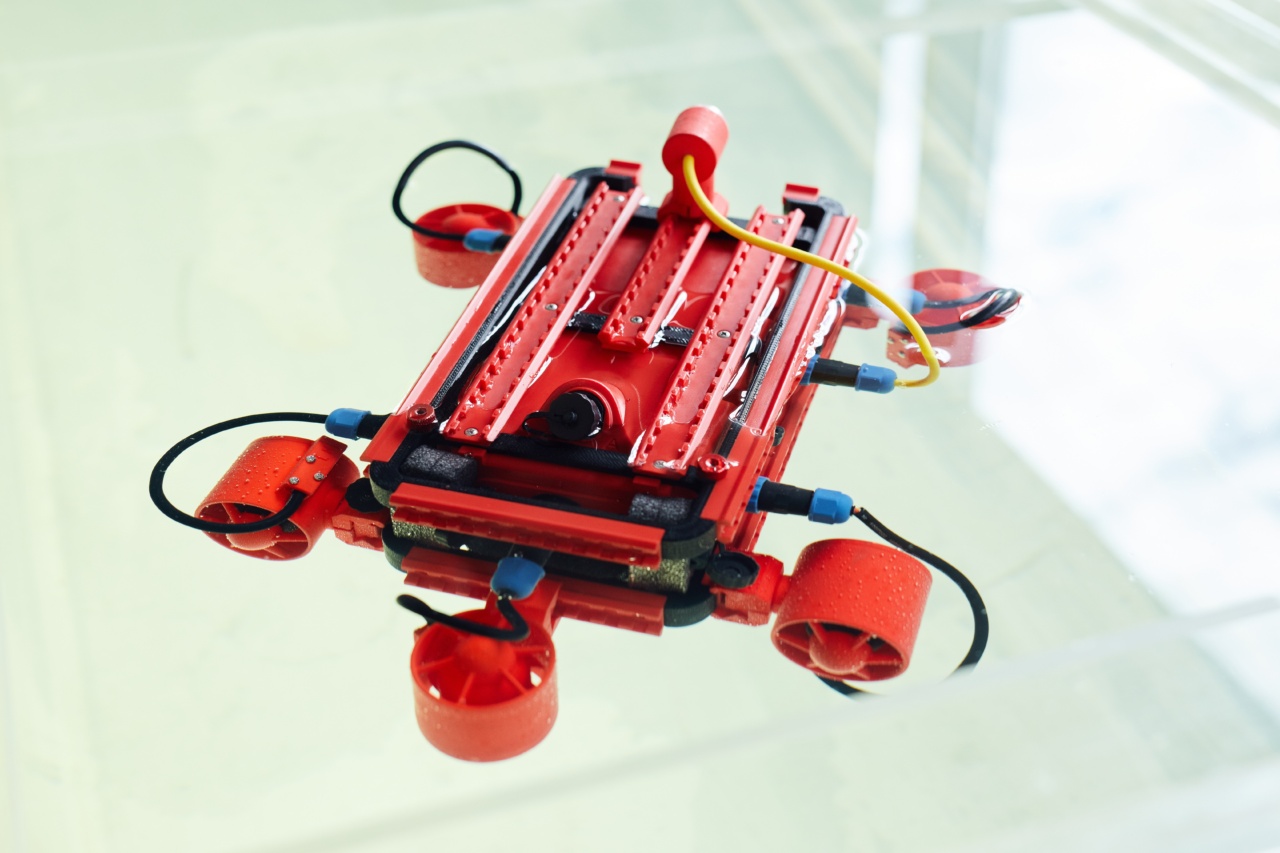Parkinson’s disease (PD) is a neurodegenerative disease that affects millions of people around the world. It is characterized by tremors, stiffness, and difficulty with movement.
While there is no cure for PD, there are treatments available that can help manage the symptoms associated with the disease. One of the newest and most promising treatments is the portable pump implantation. This revolutionary device brings new hope for those suffering from Parkinson’s disease.
What is Parkinson’s disease?
Parkinson’s disease is a progressive disorder of the nervous system that affects movement. It is caused by the loss of dopamine-producing neurons in the brain. Dopamine is a chemical that helps the brain control movement and emotional responses.
When dopamine-producing neurons die, the levels of dopamine in the brain decrease, leading to the symptoms of Parkinson’s disease.
Symptoms of Parkinson’s disease
The symptoms of Parkinson’s disease can vary from person to person. Some of the most common symptoms include:.
- Tremors
- Stiffness
- Slowness of movement
- Difficulty with balance and coordination
- Difficulty with speech and swallowing
Treatment options for Parkinson’s disease
There is no cure for Parkinson’s disease, but there are treatments available that can help manage the symptoms of the disease. Some of the most common treatments include:.
- Medications that increase dopamine levels in the brain
- Physical therapy
- Speech therapy
- Occupational therapy
- Surgery
The portable pump implantation
The portable pump implantation is a new and innovative treatment for Parkinson’s disease. It involves implanting a small pump under the skin of the patient’s abdomen that delivers a continuous dose of medication to the brain.
The pump is connected to a catheter that is inserted into the brain. This approach allows for a constant and controlled delivery of medication to the brain, which can help manage the symptoms of Parkinson’s disease.
Advantages of the portable pump implantation
There are several advantages to the portable pump implantation for Parkinson’s disease. Some of the most significant advantages include:.
- Continuous and controlled delivery of medication to the brain
- Reduced need for frequent dosing
- Less medication required
- Improved quality of life for patients
Risks and considerations
Like any other medical procedure, the portable pump implantation carries some risks and considerations. Some of the most significant risks and considerations include:.
- Infection at the implantation site
- Bleeding or swelling in the brain
- Allergic reaction to the medication
- Malfunction of the pump or catheter
- High cost of the procedure
Conclusion
The portable pump implantation is a promising new treatment for Parkinson’s disease that offers several advantages over traditional treatments.
While there are risks and considerations associated with the procedure, it has the potential to significantly improve the quality of life for those suffering from Parkinson’s disease.




























